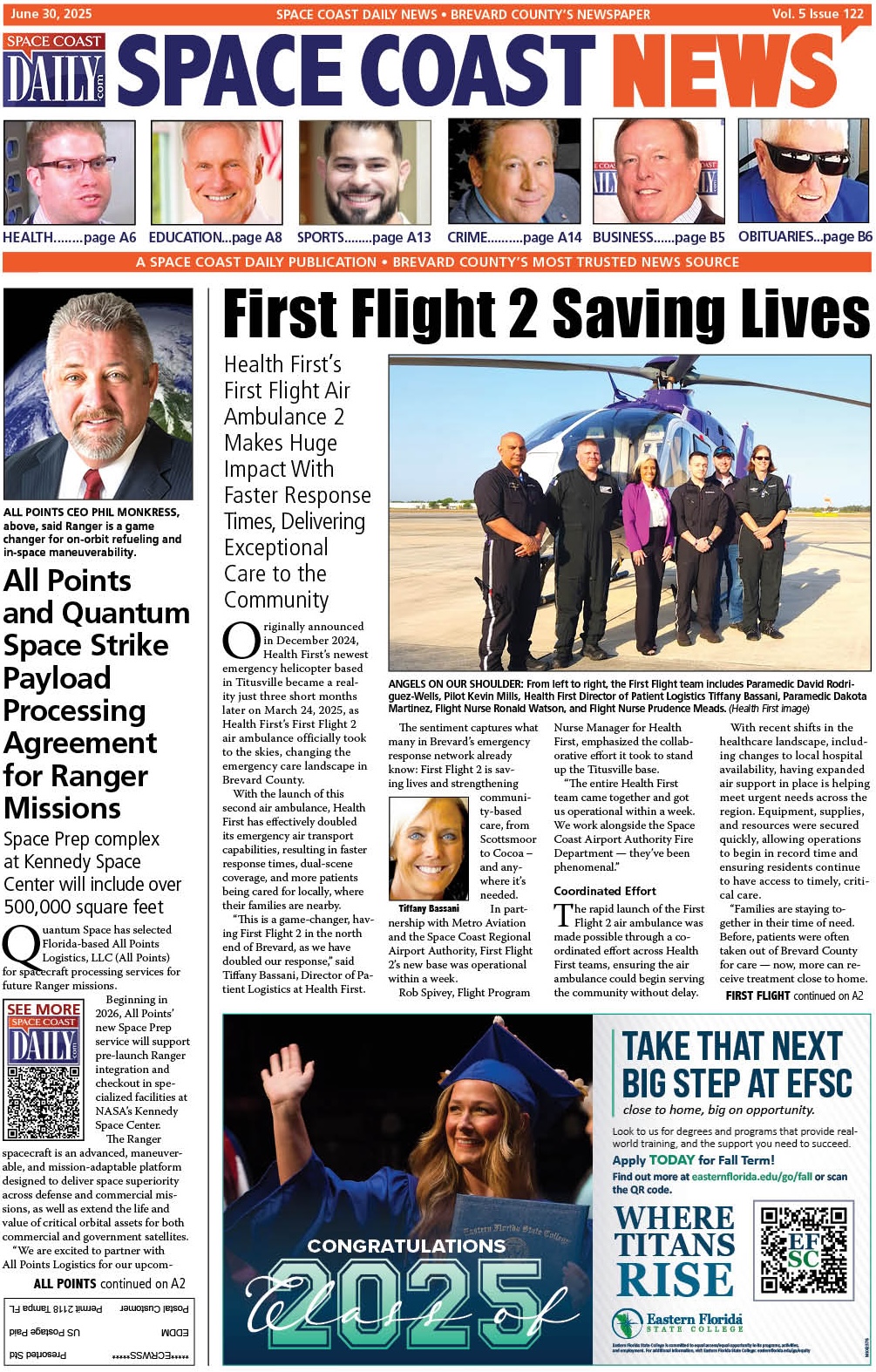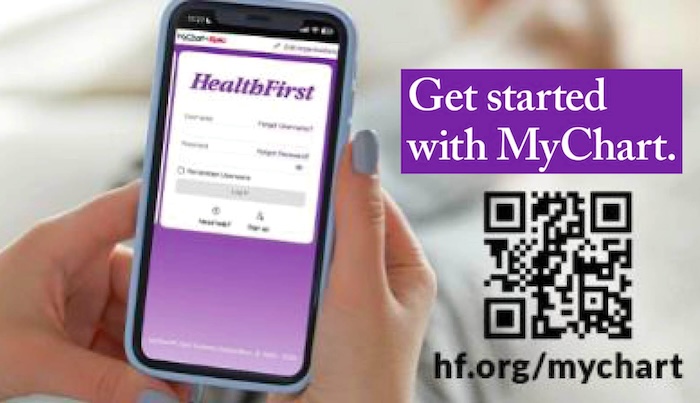VIDEO: NHTSA Warns of Drinking and Driving This New Year’s Weekend
By Space Coast Daily // December 31, 2017
DRIVE SOBER OR GET PULLED OVER
ABOVE VIDEO: Every day, almost 29 people in the United States die in alcohol-impaired vehicle crashes—that’s one person every 50 minutes in 2016.

(NHTSA) — Every day, almost 29 people in the United States die in alcohol-impaired vehicle crashes—that’s one person every 50 minutes in 2016. Drunk-driving fatalities have fallen by a third in the last three decades; however, drunk-driving crashes claim more than 10,000 lives per year.
In 2010, the most recent year for which cost data is available, these deaths and damages contributed to a cost of $44B per year.
DRIVING AFTER DRINKING
Driving after drinking is deadly. Yet it still continues to happen across the United States.
If you drive while impaired, you could get arrested, or worse—be involved in a traffic crash that causes serious injury or death.
Approximately one-third of all traffic crash fatalities in the United States involve drunk drivers (with blood alcohol concentrations [BACs] of .08 of higher).
In 2016, there were 10,497 people killed in these preventable crashes. In fact, on average over the 10-year period from 2006-2016, more than 10,000 people died every year in drunk-driving crashes.
In every State, it’s illegal to drive with a BAC of .08 or higher, yet one person was killed in a drunk-driving crash every 50 minutes in the United States in 2016.
Men are more likely than women to be driving drunk in fatal crashes. In 2016, 21 percent of males were drunk in these crashes, compared to 14 percent for females.
Take steps to prevent drunk driving:

- If you will be drinking, plan on not driving. Plan your safe ride home before you start the party. Designate a sober driver ahead of time.
- If you drink, do not drive for any reason. Call a taxi, phone a sober friend or family member, use public transportation, etc. Download NHTSA’s SaferRide mobile app which helps you identify your location and call a taxi or friend to pick you up.
- If someone you know has been drinking, do not let that person get behind the wheel. Take their keys and help them arrange a sober ride home.
- If you see an impaired driver on the road, contact local law enforcement. Your actions could help save someone’s life.
Consequences
Driving a vehicle while impaired is a dangerous crime. Tough enforcement of drunk-driving laws has been a major factor in reducing alcohol-impaired-driving deaths since the 1980s.
Charges range from misdemeanors to felony offenses, and penalties for impaired driving can include driver’s license revocation, fines, and jail time. It’s also extremely expensive. A first-time offense can cost the driver upwards of $10,000 in fines and legal fees.
Some States require offenders to install ignition interlock devices at the driver’s own expense. An ignition interlock device is a breath test device connected to a vehicle’s ignition.
The vehicle will not start unless the driver blows into the interlock and has a BAC below a pre-set low limit, usually .02 g/dL.
NHTSA strongly supports the expansion of ignition interlocks as a proven technology that keeps drunk drivers from getting behind the wheel.
The Effects of Blood Alcohol Concentration
| (BAC) | TYPICAL EFFECTS | PREDICTABLE EFFECTS ON DRIVING |
|---|---|---|
| .02 | Some loss of judgment; relaxation, slight body warmth, altered mood | Decline in visual functions (rapid tracking of a moving target), decline in ability to perform two tasks at the same time (divided attention) |
| .05 | Exaggerated behavior, may have loss of small-muscle control (e.g., focusing your eyes), impaired judgment, usually good feeling, lowered alertness, release of inhibition | Reduced coordination, reduced ability to track moving objects, difficulty steering, reduced response to emergency driving situations |
| .08 | Muscle coordination becomes poor (e.g., balance, speech, vision, reaction time, and hearing), harder to detect danger; judgment, self-control, reasoning, and memory are impaired | Concentration, short-term memory loss, speed control, reduced information processing capability (e.g., signal detection, visual search), impaired perception |
| .10 | Clear deterioration of reaction time and control, slurred speech, poor coordination, and slowed thinking | Reduced ability to maintain lane position and brake appropriately |
| .15 | Far less muscle control than normal, vomiting may occur (unless this level is reached slowly or a person has developed a tolerance for alcohol), major loss of balance | Substantial impairment in vehicle control, attention to driving task, and in necessary visual and auditory information processing |
Responsible behavior
BEING A RESPONSIBLE DRIVER IS SIMPLE—IF YOU ARE DRINKING, DO NOT DRIVE.
-
- Before drinking, choose a non-drinking friend as a designated driver.
- Don’t let your friends drive impaired.
- If you have been drinking, call a taxi or ride service. Download NHTSA’s SaferRide app to help you call a friend or family member, pinpoint your location, and arrange to be picked up.
- If you’re hosting a party where alcohol will be served, make sure all guests leave with a sober driver.
- Always wear your seat belt—it’s your best defense against impaired drivers.
NHTSA IN ACTION

NHTSA is dedicated to eliminating risky behaviors to make our roads safer
Through research, public awareness campaigns, and State safety grant programs, NHTSA demonstrates its commitment to eliminating drunk driving.
Our programs have consistently reduced alcohol-related crash fatalities. We will continue until there are zero drunk-driving crashes on our roadways.
CLICK HERE FOR BREVARD COUNTY NEWS













